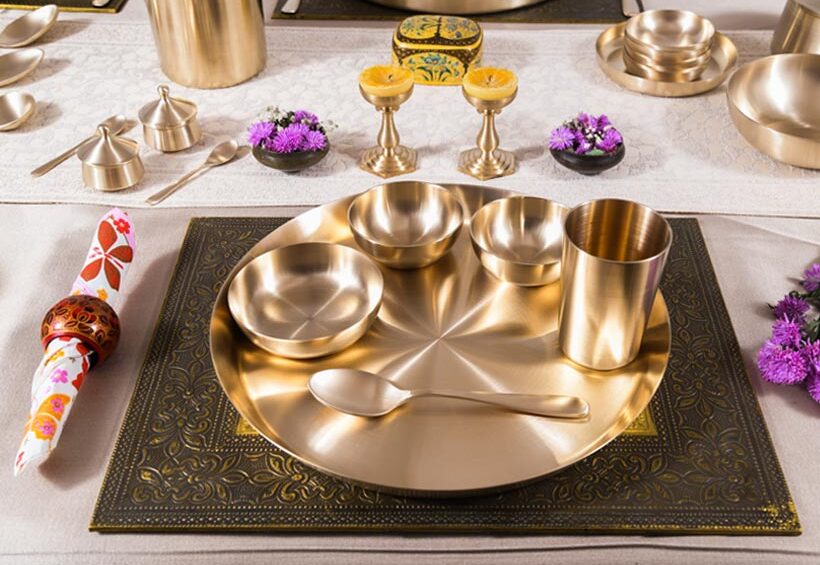Nowadays, it can be challenging to distinguish between true bronze and imitation unless you personally examine it and pay attention to details like weight, magnetism, and patina. It is relatively yellow, so it’s likely that you’ll notice little deviations from the genuine article if it’s fake. It generates a crisp sound, is soft to the touch, and is smooth, thus, it is easily recognised.
“It can be identified as a slightly less shiny, darker shade of golden, with a hint of reddishness to it.”
Utilize Your Eyes
An aged bronze should have a patina, a layer that develops on the surface as a result of air interaction. A painted-on patina-substitute is likely the cause if it peels or scratches off readily. The metal’s surface may be seen by scratching the patina. Cold-cast bronze and iron don’t have the same appearance as real bronze, which has a golden glow. You might also contrast a questionable figure with bronze objects you are certain of. Spelter, which is zinc with a bronze finish, is sometimes used in imitations, although it lacks the depth of detail and sheen of genuine bronze.
Dimension and Sound
Cold-cast or bonded bronze, a mixture of resin and bronze powder, is a less expensive option that some sculptors choose to use instead of true bronze. It is lighter and less sturdy and resilient than bronze. A foot-tall bronze sculpture will weigh six to ten pounds when placed on a scale. The identical figure only weighs a few pounds when it is cast in bronze resin. Resin does not produce a ringing sound when struck with a wooden dowel in a hollow area of the sculpture. Kansa makes a resonating sound similar to chimes that generate spiritual vibrations.
Getting Rid of Frauds
Another affordable option to utilising bronze to cast a figurine is iron. It’s simpler to pass off as bronze since it’s harder and stronger than resin. Applying a magnet on the piece of art and checking to see if it sticks there is one easy test. You will notice the magnet’s pull since iron has a strong magnetic field. A magnet will fall off of bronze if you place one there. Additionally, keep an eye out for corrosion patches because bronze doesn’t rust. Another point is that when heated, it turns red.
Bronze Replicas
Simply confirming that a piece of bronze is made of bronze does not ensure that it is the real work of art you are looking for when you are purchasing. Some con artists may make a copy of an antique bronze and then sell it as the real thing. Bronze foundries were able to continue producing figures that resembled the originals even in the 19th century because moulds frequently survived the death of the artist. Your target figure should be compared to some reliable art references.


